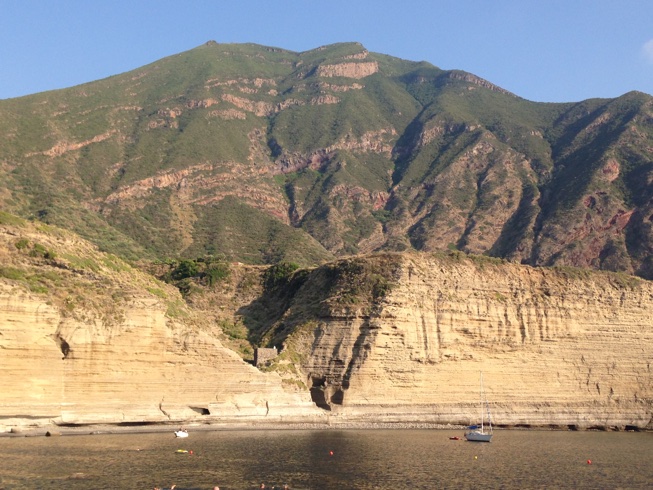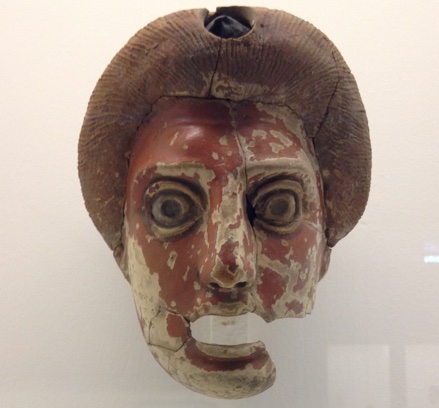This is the feeling you get once you arrive on the island you find yourself suddenly in a magical garden of intense colours and bewitching scents.
Salina, from the Greeks and Romans called Didyme, mate, because of the two mountains facing the Monte dei Porri and Monte Fossa, owes its name to the brackish pond site in the far southeast side of the island, from which salt was mined for the preservation of capers. The pond lost the old function, today is a special protection area because it is a rest area for many migratory birds like lamingos and herons.
The island has an area of 26.8 km2; is the second biggest after Lipari and is organized in 3 municipalities Santa Marina, Malfa and Leni. Landings are two: to the East, the port of Santa Marina to the South, the port of Rinella. Set in the middle of the archipelago, equidistant from the other islands in the three directions Panarea-Stromboli; Lipari-Vulcano; Filicudi – Alicudi is strategically located as it makes it possible for those staying on the island to visit the other islands with boat trips with experienced sailors and onboard dinners with Aeolian dishes flavored with capers and wild fennel.
Salina shares with Lipari the ancient history: it was one of the first to be inhabited; some reports date back to 4500 BC the first settlements. The specimens are preserved in the Museum of Lipari and to the latest list of Language village of Santa Marina.
Fascinating is its volcanological and geological history: 5 routes between sea and land have been arranged. An updated guide of trails with travel times and with information about the level of difficulty make it safe and peaceful for hiking.



